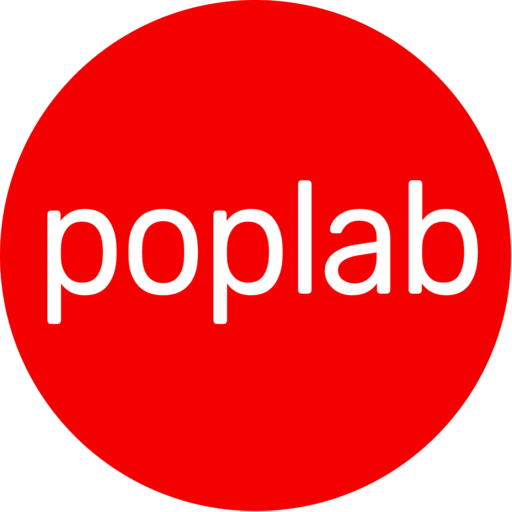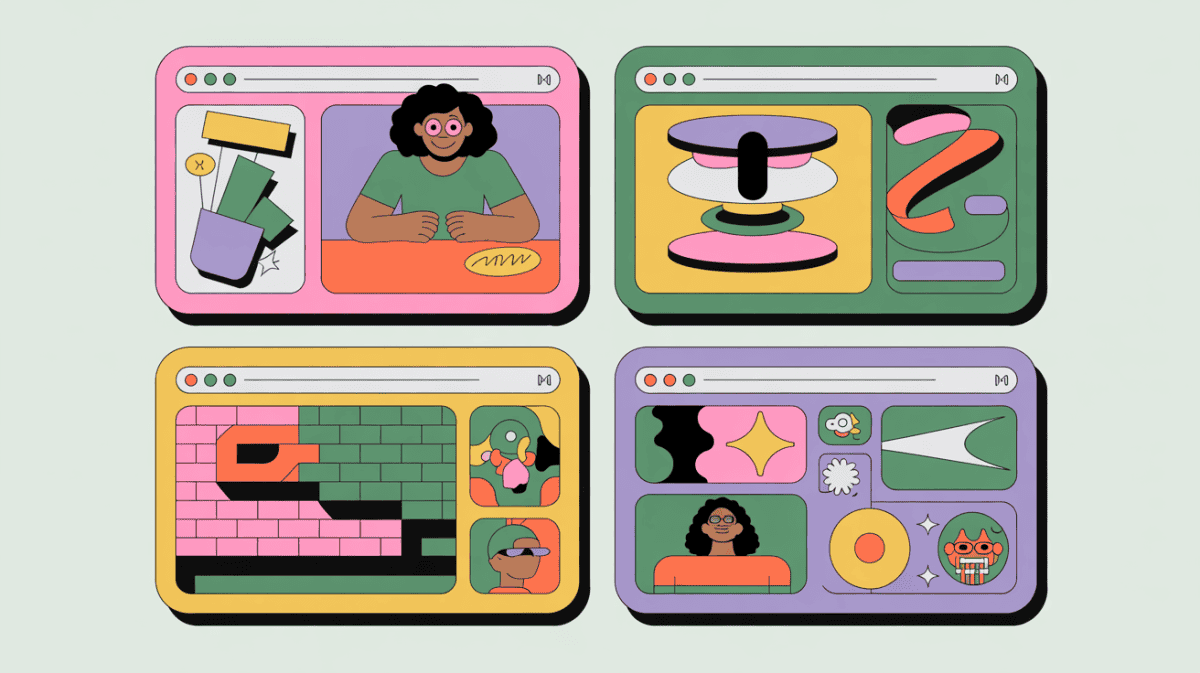The traditional model of digital product development—where companies create, users consume, and feedback flows in carefully controlled channels—is rapidly becoming obsolete. Today’s most successful digital products are built on a fundamentally different principle: participatory design that transforms users from passive recipients into active co-creators.
This shift toward participatory digital product ownership represents more than just a trend; it’s a fundamental reimagining of how digital experiences are conceived, developed, and evolved. By embracing user co-creation, companies can build products that are not only more engaging and relevant but also more resilient and adaptable to changing user needs.
The Evolution from User-Centered to User-Driven Design
Traditional user-centered design places users at the center of consideration but maintains a clear boundary between creators and consumers. Participatory design demolishes this boundary entirely. Instead of designing for users, we’re now designing with users, creating platforms and tools that enable ongoing collaboration and co-creation.
This evolution is driven by several converging factors: the democratization of design tools, the rise of creator economies, and most importantly, users’ growing expectation to have meaningful input in the digital products they use daily. Modern users don’t just want to be heard—they want to be part of the creative process.
Building Micro-Communities Within Digital Products
One of the most powerful manifestations of participatory design is the emergence of micro-communities within digital products. These are small, focused groups of users who share specific interests, challenges, or goals and collaborate to improve the product experience for themselves and others.
Successful micro-communities don’t happen by accident. They require intentional design decisions that facilitate connection, collaboration, and shared ownership. This includes creating spaces for users to share feedback, propose features, test prototypes, and even contribute to the product roadmap.
Companies like Figma have mastered this approach by creating community-driven plugin ecosystems where users don’t just use the product—they extend and enhance it. Discord has built entire micro-communities around specific servers, where users shape the experience through custom bots, channels, and moderation systems.
Asynchronous Collaboration as the New Product Development Paradigm
The future of participatory design lies in asynchronous collaboration—enabling users to contribute to product development on their own schedules and in their own ways. This approach recognizes that valuable insights and contributions can come from anywhere, at any time.
Asynchronous collaboration tools within products might include:
- Embedded feedback systems that capture user sentiment in real-time
- Collaborative feature request platforms where users can propose, discuss, and prioritize improvements
- Beta testing communities that provide ongoing product validation
- User-generated content systems that allow for continuous product evolution
The key is building these collaborative mechanisms directly into the product experience, making participation feel natural and rewarding rather than burdensome.
Web3 and the Economics of Digital Ownership
While Web3 technologies are still evolving, they offer compelling models for true digital product ownership. Blockchain-based governance tokens, NFT-based access systems, and decentralized autonomous organizations (DAOs) are creating new ways for users to have genuine stakes in the products they use.
Beyond the technical implementation, Web3 introduces important concepts about ownership, governance, and value distribution that can inform participatory design even in traditional Web2 environments. The core principle—that users who contribute value should have a meaningful say in product direction—applies regardless of the underlying technology.
Creating Adaptive Digital Ecosystems
The most successful participatory products function as adaptive ecosystems rather than static applications. These ecosystems continuously evolve based on user behavior, feedback, and contributions, creating a dynamic relationship between the product and its community.
Adaptive ecosystems require sophisticated systems for:
- Collecting and analyzing user-generated insights
- Rapidly prototyping and testing user-suggested features
- Balancing diverse user needs and preferences
- Maintaining product coherence while enabling customization
Actionable Steps for Companies and Design Teams
Start Small with User Advisory Boards
Begin by establishing formal user advisory boards that meet regularly to discuss product direction. These boards should include diverse user perspectives and have genuine influence over product decisions.
Implement Transparent Feature Development
Create public roadmaps where users can see what features are being developed and why. Use tools like GitHub Issues or Notion databases to make the development process visible and allow for user input.
Build Feedback Loops into the Product Experience
Integrate feedback mechanisms directly into your product interface. This might include contextual surveys, quick rating systems, or embedded suggestion boxes that make providing input effortless.
Establish Community Governance Models
Develop clear processes for how user input influences product decisions. This might include voting systems, feature request prioritization, or community moderator programs.
Create Economic Incentives for Participation
Design reward systems that recognize and compensate users for valuable contributions. This could include everything from feature credits to revenue sharing arrangements.
Invest in Community Management Infrastructure
Hire dedicated community managers who can facilitate meaningful connections between users and between users and the product team. Community management is not customer service—it’s strategic product development.
Measuring Success in Participatory Design
Traditional product metrics—MAU, retention, revenue—remain important, but participatory design requires additional success indicators:
- Community engagement levels and growth
- User-generated content volume and quality
- Feature adoption rates for community-suggested improvements
- User satisfaction with the feedback and collaboration process
- Long-term user investment in the product’s success
The Future of Digital Product Ownership
As we look toward the future, participatory design will likely become the default approach for digital product development. Users increasingly expect to be partners in the creative process, not just consumers of finished products.
This shift requires product teams to develop new skills: community building, collaborative design facilitation, and inclusive decision-making processes. It also requires new organizational structures that can respond quickly to user input while maintaining product vision and quality.
The companies that master participatory design will build products that are not just used but loved, not just functional but meaningful. They’ll create digital experiences that users have genuine ownership in—emotionally, creatively, and potentially economically.
The age of participatory design is here. The question isn’t whether to embrace user co-creation, but how quickly you can transform your product development process to harness the collective creativity and wisdom of your user community. The future belongs to products built not just for users, but with them.


Lascia un commento